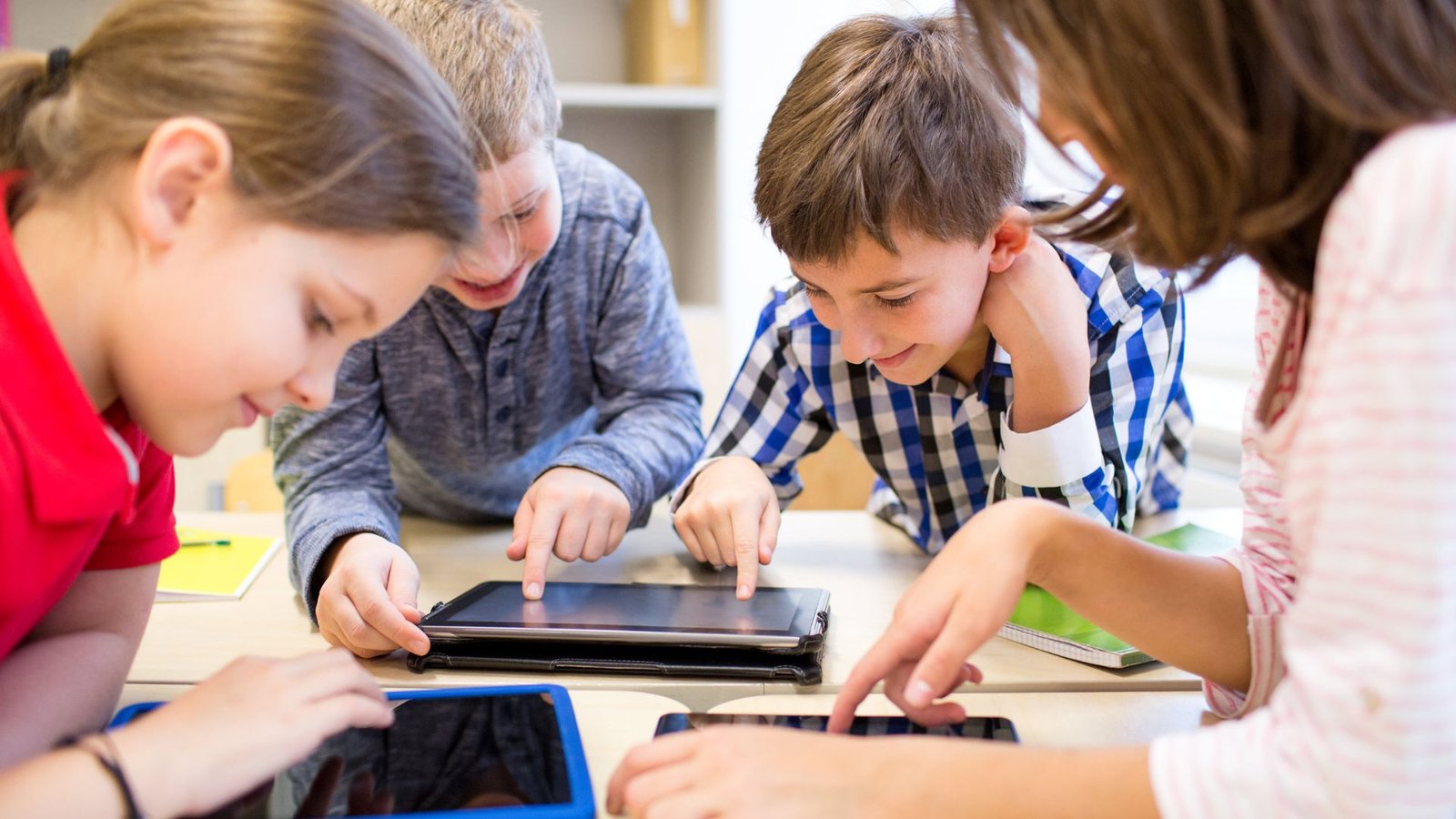In today’s digital age, using technology to enhance learning has become essential for both educators and students. Technology provides innovative ways to engage students, making learning more interactive and fun. By integrating various technological tools into the classroom, teachers can cater to different learning styles, improve communication, and make complex concepts easier to understand. In this article, we’ll discuss how using technology to enhance learning can benefit students and share some effective strategies for incorporating it into the classroom.
Interactive Learning Tools
One of the key ways to use technology to enhance learning is by incorporating interactive learning tools. These tools, such as educational apps, games, and simulations, allow students to explore subjects in a hands-on way. For instance, math apps can help students visualize complex equations, while science simulations can demonstrate experiments that might be too dangerous or costly to perform in a traditional classroom. By using interactive tools, students can engage more deeply with the material, which can lead to better understanding and retention.

Online Resources and Digital Textbooks
Online resources and digital textbooks are also valuable for enhancing learning. They provide students with access to a wealth of information that is constantly updated, ensuring they have the latest knowledge. Digital textbooks are often more engaging than their printed counterparts, as they can include multimedia elements like videos, animations, and interactive quizzes. Moreover, online resources can cater to different reading levels and learning preferences, making them an inclusive option for all students.
Virtual Classrooms and E-Learning Platforms
Using technology to enhance learning also involves the use of virtual classrooms and e-learning platforms. These platforms offer flexibility, allowing students to learn at their own pace and access materials from anywhere. In addition, virtual classrooms can facilitate real-time discussions and collaborations among students and teachers, even if they are miles apart. This connectivity not only enriches the learning experience but also prepares students for a future where remote work and communication are increasingly common.
Improving Communication and Collaboration
Technology can significantly improve communication and collaboration between students and teachers. Platforms like Google Classroom, Microsoft Teams, and other educational apps provide spaces where assignments can be shared, feedback can be given, and discussions can take place. These tools make it easier for teachers to monitor students’ progress and for students to ask questions and collaborate on projects. Enhanced communication ensures that everyone stays on the same page, leading to a more organized and efficient learning environment.
Personalized Learning Experiences
One of the most powerful benefits of using technology to enhance learning is the ability to create personalized learning experiences. Adaptive learning software can assess a student’s strengths and weaknesses, tailoring lessons to their individual needs. For example, if a student struggles with a particular topic, the software can provide additional resources and practice exercises to help them improve. Personalized learning ensures that students receive the support they need, helping them to achieve their full potential.
Enhancing Creativity and Critical Thinking
Technology encourages creativity and critical thinking by providing students with various tools to express themselves and solve problems. Digital tools such as graphic design software, video editing programs, and coding platforms allow students to create projects that showcase their creativity and technical skills. Additionally, technology-based problem-solving activities challenge students to think critically and come up with innovative solutions, preparing them for real-world challenges.
Engaging Visual and Audio Content
Incorporating visual and audio content is another effective way to use technology to enhance learning. Videos, podcasts, and infographics can make lessons more engaging and easier to understand. Visual and audio content is particularly helpful for auditory and visual learners, who may find it challenging to absorb information through traditional textbooks alone. By diversifying the types of content used in teaching, educators can ensure that all students have the opportunity to engage with the material.
Conclusion
In conclusion, using technology to enhance learning offers numerous benefits for both students and educators. By incorporating interactive tools, online resources, virtual classrooms, and personalized learning experiences, technology makes education more engaging, inclusive, and effective. Moreover, it fosters creativity, critical thinking, and communication skills, preparing students for a future that relies heavily on digital literacy. Embracing these strategies can lead to a richer and more successful educational experience for all.

